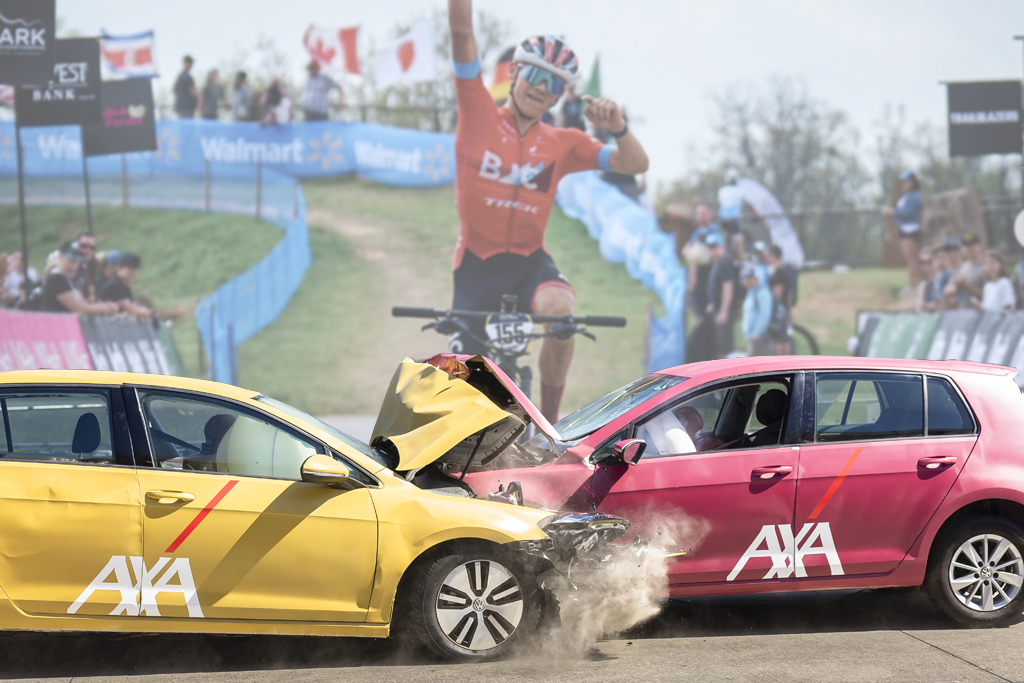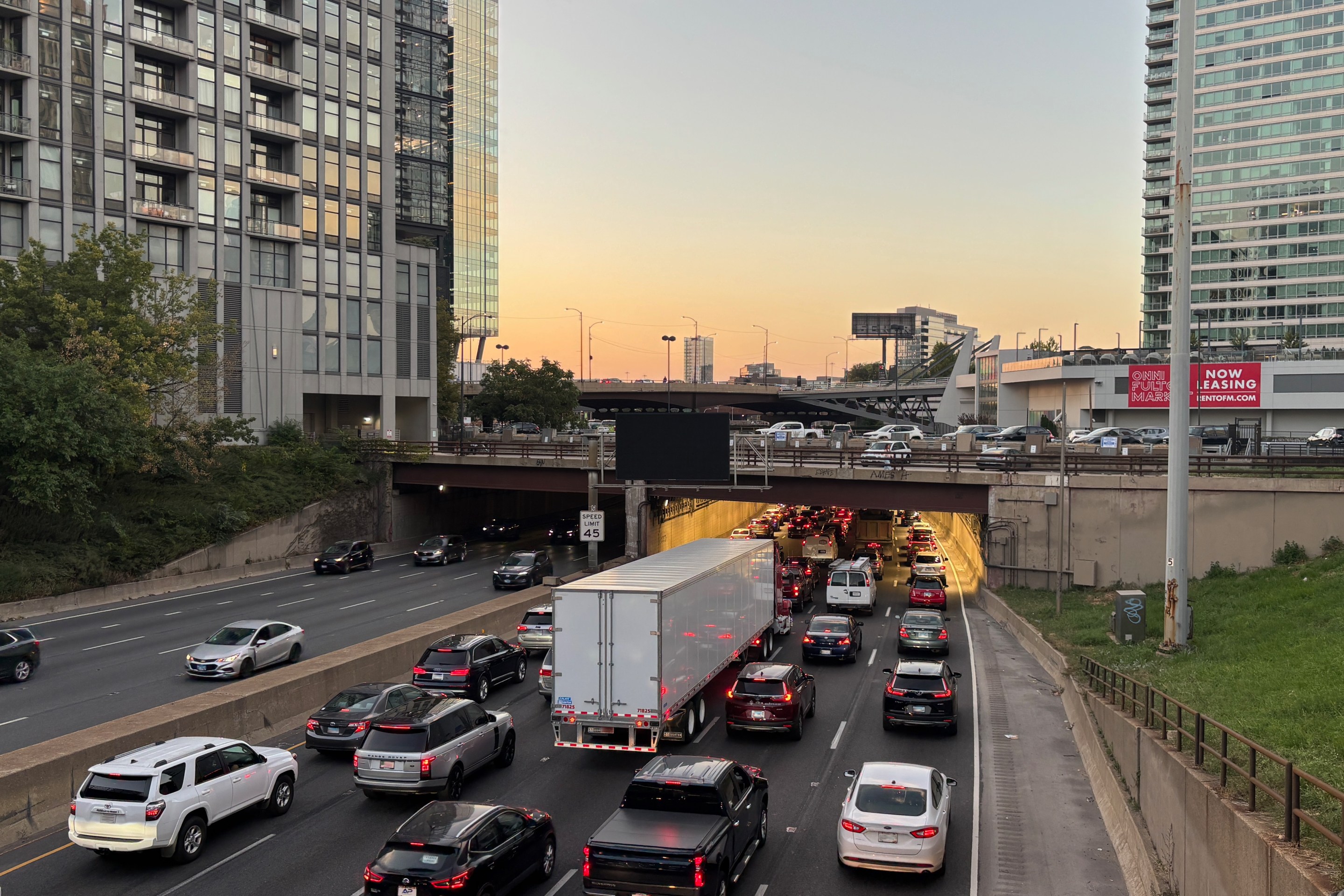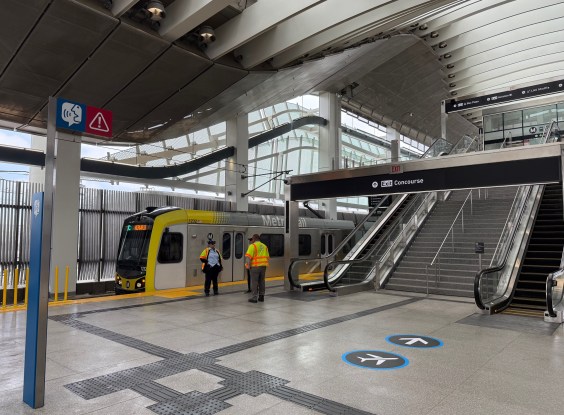Automatic braking systems that would better protect cyclists and pedestrians must be mandatory on new vehicles, a Colorado member of Congress said, offering up a new bill that advocates hope will finally protect vulnerable road users from drivers.
The Magnus White Cyclist Safety Act, introduced last month by Rep. Joe Neguse (D-Colo.), requires the U.S. DOT to mandate that new vehicles less than 10,000 pounds have automatic emergency braking systems that would adhere to speed limits and detect vulnerable road users like cyclists, pedestrians, and people in wheelchairs. The law also requires that AEBs recognize different skin tones and complexions, as well as clothing and protective gear.
Michael and Jill White, founders of the White Line, who worked with Rep. Neguse on the legislation, know the impact wider-reaching laws on automatic emergency braking systems could have on reducing traffic fatalities. On July 29, 2023, a driver struck and killed their 17-year-old son Magnus, a star cyclist who was on a training ride near Boulder.
“We know his death was very preventable,” said Michael White, “and if this technology were available on the driver's car, Magnus might be alive today.”
Cyclist and pedestrian deaths in the US remain high. Data for 2022 (the most recent year) from the National Highway Traffic Safety Administration showed cyclist deaths (1,105) were the highest ever recorded, while pedestrian deaths (7,522) were at a 40-year high.

The Magnus White Safety Act, if passed, would piggyback on recent automatic emergency braking system rules established by the National Highway Traffic Safety Administration (though it would require the rules take effect in three years, not five). This rule did require automatic emergency braking systems to be installed in light vehicles. However, the rule has limitations. One, NHTSA’s rule would take five years to be fully implemented. It also doesn’t protect pedestrians at speeds above 45.4 miles per hour mph and higher or lower than 6.2 miles per hour, thresholds where pedestrian deaths are still prevalent.
NHTSA’s rules also didn’t specifically discuss micro-mobility users like cyclists and scooter users, and advocacy groups remain concerned the lack of specific testing procedures covering bicyclists and users of mobility devices and wheelchairs. They recommended that the agency add more pedestrian automatic emergency braking testing scenarios, noting that there is a significant safety risk for pedestrians and all vulnerable road users.
The bill provides more protection for vulnerable road users, while also requiring AEB on all covered vehicles including passenger cars, trucks, buses, light commercial vehicles, and multi-purpose vehicles.
The Whites face a tough road ahead as they fight to help get this legislation passed, while also preparing the trial of the driver who killed Magnus, which was set for late last year but delayed until March 2025.
“It's mixed emotions,” said Jill White. “There's a lot of anxiety building for me around the [the trial’s] outcome, and also hope and anticipation for this bill and the work that we need to do to get it passed.”
But the Whites hope their son’s story and legacy will resonate with enough advocates and legislators to motivate them to get the bill passed.
“If the death of this truly all-American kid, killed in his USA [cycling kit], can't change anything in this country,” said Michael, “then I don't know what can.”






